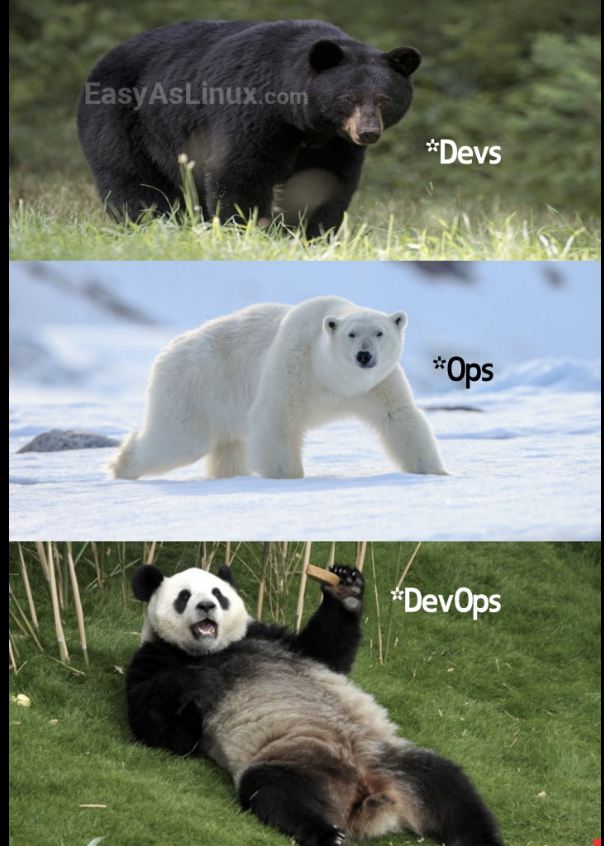Fosters the same culture and principles as Devops with the addition of security into the development process, ensuring security is integrated from an early stage.
Prior to DevSecOps we’ll discuss a foundation → DevOps
The story of DevOps
A long time ago, there were waterfalls in a galaxy far, far away.
Waterfall Model :
This is the name given to how project management was approached back in the day (the 70s). The cycle constituted and relied on a hierarchy, where every member had a specific responsibility. For example, System admins worked tirelessly to keep everything running smoothly and afloat. Developers build and add as many features as possible, and finally, Quality Assurance (QA) engineers test the system's functionality, ensuring everything works as expected.

If anything troubles the servers or something needs deployment, sysadmins will jump on it. If it's a code problem, devs will put out the fire. If there is anything to do with testing functionality and feedback, Quality Assurance teams will take care of it. But what if there is a flaw? A bug? Who fixes it? These situations led to many blame games and passing the baton around that created friction,things would get backlogged, and the symbiosis between teams would end up not working anymore. As the number of customer expectations grew, features and new releases increased. Responsibilities and tasks would end up being an accumulative, giant mess. Bugs and security flaws were backlogged, plenty of these unresolved, and more releases scheduled, which would be not scalable and messy. Excessive noise and pressure led to distrust, communication gaps, and friction between teams.
Agile Model :
With the challenges teams were facing with waterfall,, businesses started developing ways that allowed more flexibility and adaptability Then somewhere in 2000’s The Agile Methodology was coined. Soon, a manifesto was released: Agile Manifesto, emphasising four values for agile development:
- Individuals and interactions over processes and tools
- Working software over comprehensive documentation
- Customer collaboration over contract negotiation
- Responding to change vs following a plan.

DevOps : A New Hope
DevOps is quite different from the previous methodologies because it focuses on driving "cultural change" to increase efficiency. It does this by uniting the magic of all teams working on a project, using integration and automation. With these ingredients, you get a cross-integration across all departments, (QA+sysadmins+developers). For example, ensuring developers can now be involved in deployment and sysadmins can now write scripts, QA can figure out how to fix flaws vs constantly testing for functionality. By introducing automation and integration of systems, these engineers can now have the same visibility at all times and interact accordingly.

Why is DevOps important?
DevOps builds a philosophy that emphasises building trust and better liaising between developers and other teams (sysadmins, QA, etc.). This helps the organisation align technological projects to business requirements, increasing the impact and value to the business as projects become more efficient and prioritised accordingly. Changes rolled out are usually small and reversible, visible to all teams involved. Also ensuring the better communication and workflow between the teams.
In Summary:
Thanks to the advent of DevOps, today's development infrastructure is fully automated and operates on a self-service basis:
- Developers can provide resources to public clouds without depending on IT to provision infrastructure, which in the past led to weeks to months of delays.
- Continuous integration and deployment (CI/CD) processes automatically set up testing, staging, and production environments in the cloud or on-premises. They can be decommissioned, scaled, or re-configured as needed.
- Infrastructure-as-Code (IaC) is widely used to deploy environments declaratively*, using tools like Terraform and Vagrant.
- Organisations can now provision containerised workloads dynamically using automated, adaptive processes
How does DevOps work?


